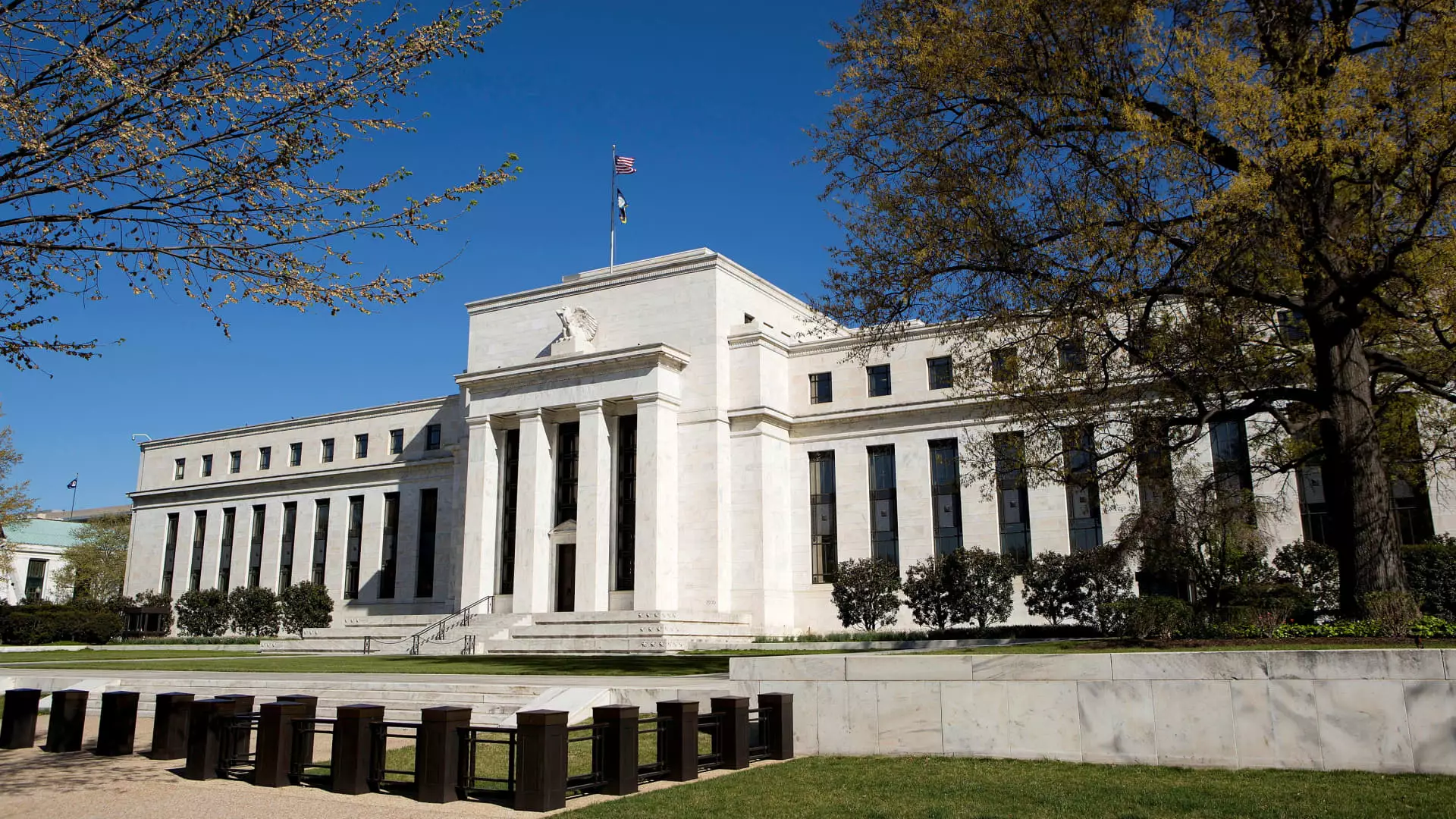In the wake of Donald Trump’s victory in the 2024 presidential election, the Federal Reserve made the significant decision to lower its benchmark interest rate by 25 basis points. This reduction, following an earlier half-point cut in September, reflects a shift in economic conditions. Many Americans have been grappling with the burden of rising inflation and increased borrowing costs, which led to a sense of economic uncertainty prior to the elections. However, recent data revealing a decline in inflation towards the Fed’s target of 2% has facilitated this latest adjustment in interest rates.
For context, the federal funds rate, which governs overnight borrowing costs between banks and influences various consumer borrowing rates, impacts everything from credit cards to mortgages. The recent cuts signal a more accommodating monetary policy that intends to stimulate spending amidst ongoing economic pressures. While this is viewed positively, the extent to which these cuts will alleviate consumer financial strain is still to be seen.
One of the immediate areas impacted by this rate cut is consumer credit. Most credit cards utilize variable interest rates connected to the Fed’s benchmark, meaning the average credit card interest rate, which has skyrocketed from 16.34% in March 2022 to over 20% today, may see a modest reduction. Despite initial signs of a downward trajectory in annual percentage rates (APRs), financial analysts caution consumers against assuming instant relief from high interest charges. The general sentiment among experts is that even though rates may fall, they will still remain at historical highs, offering little respite for those ensnared in credit card debt.
For individuals struggling with credit card bills, simply waiting for gradual decreases is not advisable. Experts recommend actively seeking lower rates by negotiating with current card issuers or exploring balance transfer options. Given the complexities involved in interest rates and consumer finances, such proactive steps are critical for effectively managing debt during financial turbulence.
Similarly, in auto financing, although the current average rate on a five-year new car loan hovers around 7%, higher rates combined with escalating vehicle prices have created a burden for many car buyers. While the Fed’s action may help lower these rates slightly, it remains uncertain whether significant improvements in affordability will materialize soon. Market competition and incentives may play a substantial role in determining how quickly the effect of the rate cuts trickles down to consumers.
Mortgage Rates in a Changing Economy
Housing remains a critical area where the Fed’s interest rate decisions wield considerable influence. Rising mortgage rates since the onset of the pandemic have pushed homeownership further out of reach for many. Despite Trump’s promises of lowering mortgage rates, these rates are generally fixed and linked to broader economic indicators like Treasury yields. The recent Federal Reserve cut gives hope for some downward pressure on home financing costs; however, many experts express caution regarding the magnitude of any potential change.
Current figures indicate that the average 30-year fixed mortgage rate stands at approximately 6.81%. Yet, even if the Fed continues cutting rates, economic uncertainties may inhibit a drastic reduction in mortgage rates. Investors’ concerns about the future continue to weigh heavily on the bond market, which in turn can stifle mortgage rate declines.
When it comes to student loans, the impact of recent Fed rate cuts is uneven. Fixed federal student loan rates will not experience immediate effects from the rate reduction. However, private loans with variable interest rates tied to treasury benchmarks may see adjustments. Still, the anticipated savings coming from a quarter-point cut would only amount to minimal reductions—about $1 to $1.25 per month for each $10,000 owed, according to educational finance experts.
Potential refinancing options could allow existing borrowers to secure lower rates, but these come with caveats. Borrowers considering refinancing from federal to private loans would surrender critical protections including income-driven repayment plans and loan forgiveness options, potentially creating long-term financial repercussions that outweigh any immediate benefits.
While the Fed’s reductions generally lead to decreased yields on investments, it’s worth noting that high-yield savings accounts and certificates of deposit (CDs) have flourished in this environment. Interest rates in competitive savings accounts have surged above 5%, providing savers with the best returns seen in almost 20 years. As rates decrease, the yields on these accounts may still remain attractive relative to inflation.
While the Federal Reserve’s interest rate cut may provide some much-needed relief to consumers grappling with high borrowing costs, the overall economic landscape remains complex. Responsible financial behavior, informed decision-making regarding debt management, and a close eye on the evolving monetary policies will be essential for Americans seeking to navigate this tumultuous financial environment. The connection between rates and personal financial health emphasizes the importance of adapting strategies amidst changing economic realities.

